The Wheels
Learning Outcomes
After this lesson, students will be able to:
-
What does the wheel mean & key functions?
-
Learn about the history of the wheel & how it was used earliest.
-
Explain the development of the wheel, including its earliest designs & how it has progressed to the wheels we see on modern vehicles.
-
Outline and summarize the importance of the wheel in transportation & everyday life.
-
Recognize the occurrence of wheels in the real world & their functions.
What is a Wheel?

Do you know what a wheel is, it is a mechanical device that can help transport, to move things. In its most basic form, a wheel is a circular object that’s engineered to spin on a fixed axle. That remarkably simple invention extends things over surfaces, & can move things easily. Imagine if we did not have wheels: carrying heavy items would be an exhausting task requiring great strength. The genius behind the wheel is how it allows things to be rolled instead of dragged, providing ease of movement in two dimensions.
A wheel is not a component; a wheel is a system. To work properly, it needs an axle (a rod that extends through the center of the wheel). A pivot point between the axle & the wheel allows for a smooth turning motion. It is this combination of the wheel and axle that make vehicles, machines, & even simple carts, operate efficiently.
Wheels appear in many everyday products such as cars, bicycles, carts, & toys. They transport heavy or oversized elements more quickly & with less effort. Currently, you train on data until October 2023.
The History of the Wheel
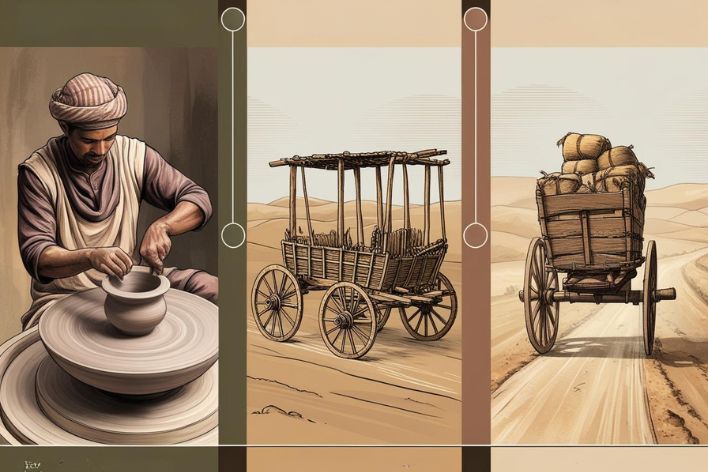
The wheel is arguably one of humankind's greatest inventions. Its influence in trade, transport, social development is beyond measure. Here’s a brief history of the wheel:
Early Invention
Speaking of inventions, the wheel was first invented thousands of years ago in Mesopotamia (present day Iraq) around 3500 BCE. This area is widely regarded as the birthplace of civilization and was a leader in innovation & technology. So here was born the wheel, a major contributor to the turning of the wheel of history.
Potter's Wheel
The wheels were initially used as tools for potters. Potters required a surface to spin clay on in order to shape it into pots & vessels of even shape. The wheel made this more exact and effective. Beyond that, the wheel had a number of other early uses, highlighting its versatility & potential.
Early Wheeled Vehicles
The oldest dates of wheeled vehicles are from Europe and Asia between 3,500 & 3,350 BCE. The transportation industry quickly adopted these. Using the wheel for pottery, then using it for vehicles, was no small leap. Through this, They could shove the goods far away and go a long way by riding a wheeled cart & the one sucks the air, i.e. the chariots.
Materials
In the earliest days, wheels were made from solid wood. The disks were later hollowed out around 2000 BC to form lighter wheels. The shift from solid wood to lighter designs indicates the wheels’ ongoing evolution. Enabling the wheel to be lighter and travel farther.
Evolution of the Wheel
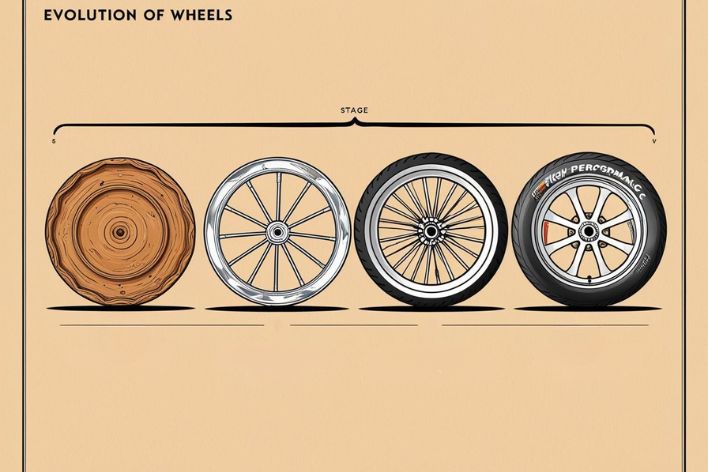
The wheel should never have a rest since it was invented & it has been developed and improved over the years. This change in the wheel shows the creativity of inventors and also engineers working on making the wheel work & faster & more effectively.
Solid Wheels
But those initial wheels may have been solid disks or cross sections of tree trunks. These early wheels therefore plain & strong yet soft and heavy. They did their job but the newer designs were faster & more agile.
Spoked Wheels
Invention of flywheel: Wheel with Assistance (spoked) Gear for tenor[edit] The spoke wheel is believed to have been invented in Anatolia (Turkey) circa 2000 BC. They used the lightest materials in the wheels and efficient design. The new spokes — that was groundbreaking. By piecing the spoke together like this — from the center hub to the outer edge of the rim — engineers were able to reduce the weight of the spokes while keeping them just as strong. This innovation changed the face of both warfare and transport, this allowed chariots to accelerate quickly and become highly manoeuvrability.
Tires
19th century gave us tires in the form we know, Robert William Thompson invented the compressed air rubber wheel. One major development was the creation of a rubber tire. And that eventuality came as our rubber tires, Which provided Far Better traction, a smother riders & a hardy wheel. They absorbed shocks & vibrations, making ride comfortable & lessening wear & tear of vehicles.
Modern Wheels
But today they are all iron spokes wrapped with iron rims & rubber tube & tires which helps in making it light weight, effort less & also improves durability. Those types, that we’re familiar with, were developed over hundreds of years. They deploy advanced materials & models, specifically designed to enhance performance, reliability, & performance. But as the wheels of modern cars perform various tasks, their lightweight race car wheels to heavy-duty truck wheels.
Real-Life Examples
Earth in your with a different tempo of wheels & wheels are adopted for various usages. Here are a few examples:
Cars and Bicycles
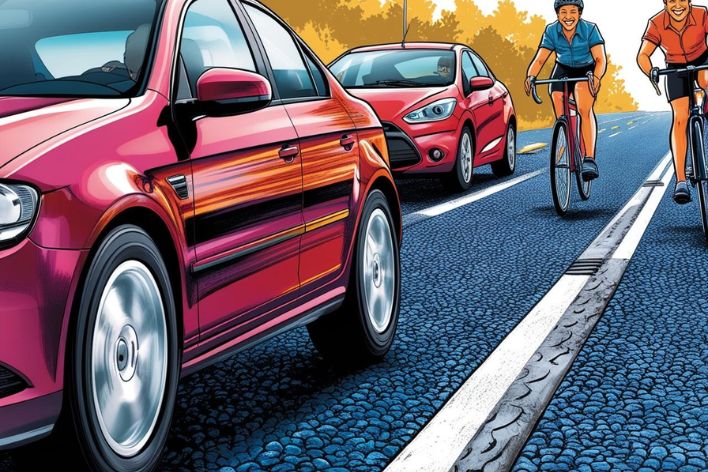
They are deployed for transit. Wheels in machines The most prototypical examples of wheels in machines are found in cars & bicycles. They reduce friction and make it easier to create interfaces with environment and peoples, resulting in connected communities, facilitating commerce.
Shopping Carts

They assist you in wheeling grocery bags home from a shop. One easy but effective example of a relevant application: wheels: shopping carts. It allows us to easily transport mega cart loads of groceries to our home without breaking our back and it assists to do shopping & productivity.
Toys
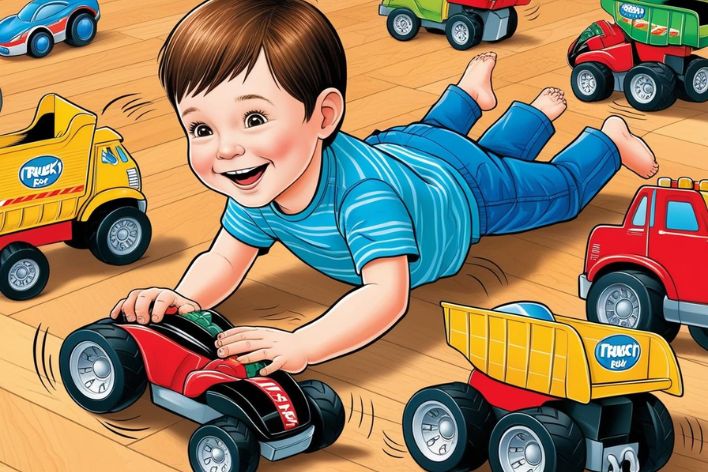
Another segue example of more diferent type of toy that uses a screen too: Toy cars & trucks. There are also fun & educational wheeled toys. It also teaches kids about movement & balance, and cause & effect machine learning as well.
Construction
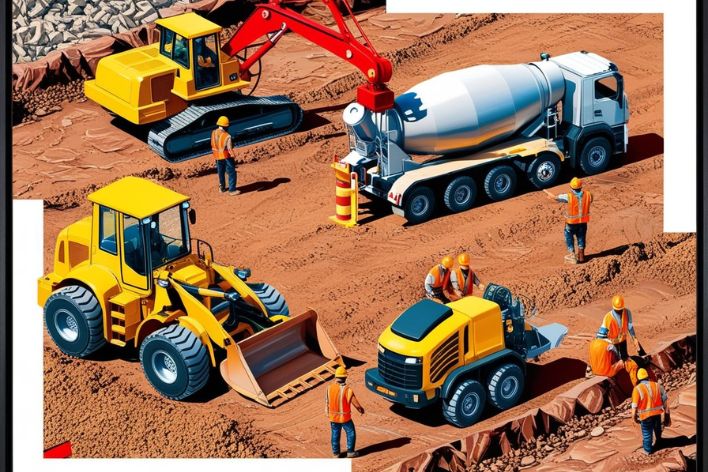
Wheels are used in machines to transport heavier materials. Wheels are critical to the construction industry because they help transport heavy equipment & materials. Wheels are used on cranes, bulldozers, and other construction machines to move around job sites & do their work.
Fun Facts
|
Fact |
Details |
|
Early wheels were for pottery |
Wheels were first used for pottery, not for transport. |
|
Spoked wheels improved speed |
Chariots became faster & more effective in battle in around 2000 BC when spoked wheels were invented. |
|
Ferris Wheel Origins |
Ferris wheels originate from 17th Century Bulgaria. They were called “pleasure wheels,” or “up & downs.” Passengers traveled in chairs suspended from rotating scaffoldings cranked by hand. |
|
Wheels before Pyramids |
True: The wheel did exist during the time the pyramids were built, but there is no evidence to support that the Egyptians used wheels to build them. They transported heavy stones using ramps, sledges, ropes, rollers & levers. |
The Wheel in Different Contexts
And the wheel has also made vital contributions in specific verticals and industries, above & beyond the generic examples we encounter on a daily basis. Here are a few examples:
Manufacturing
Factories use conveyer belts riding on wheels to transport products down assembly lines. This enables efficient continuous production. Scroll down to read more about the robotic arms with rotating joints, also based on the principle of the wheel, that would be adding precision to the work they were meant to do.
Agriculture
Tractors & combines depend on massive, robust wheels to move over fields and pick crops. Rotating sprinklers are used in irrigation systems to evenly spread water out on the ground.
Energy Production
Turbines in power plants convert the energy of steam, water or wind into electricity using rotating blades (read: specialized wheels).
Aerospace
Take-off and landing are performed on wheels on the aircraft. Turbofan engines that drive most commercial airplanes contend with complex rotating equipment that is critical to producing thrust.
Medicine
X-ray machines, CT scanners & MRI machines of medical imaging have rotating parts for taking pictures of our body. Wheelchairs are mobility aides for disabled people.
The Science Behind the Wheel
The wheel is no ordinary shape, its success is predicated upon basic principles of physics. Once we understand these principles, we can admire the wheel as a brilliantly designed mechanical marvel!
Friction
There is great advantage in the wheel, as it reduces friction. When you drag an object on a surface, it generates a considerable friction, hence it requires considerable effort. This somewhat sliding friction gets converted into something we call rolling friction of the wheel, which is substantially smaller.
Mechanical Advantage
The wheel, when used in conjunction with other simple machines, such as axles & gears, can offer a mechanical advantage. This helps us lift really heavy stuff with less force.
Torque
Torque is a rotational force. Torque is produced when a force is applied to the wheel & , in turn, the wheel rotates.
Inertia
That is inertia, the tendency of any object to resist changes to its motion. It is not until the wheel begins to spin that its inertia will help keep it spinning.
Future of the Wheel
The wheel remains evolving and fitting into new technologies & challenges thousands of years down the road. Some possibilities for the different future include:
For example, future wheels may feature Smart Wheels with sensors that monitor tire pressure, temperature, and wear. We could also use this data to make things safer & more efficient.
Self-Inflating Tires: This type of tire would keep itself at the optimum pressure, doing away with the need to pump them up yourself.
Maglev Wheels: What if wheels floating above the ground by way of magnetic levitation? This might neutralize friction entirely, creating remarkably efficient transportation.
Shape-Shifting Wheels: The tires would change shape based on terrain conditions, extending the vehicle's capabilities & performance.
The Wheel as a Symbol
In addition to its utility, the wheel has also been adopted as a widespread metaphor & symbol in multiple cultures & contexts.
Progress and Innovation: The wheel is commonly used to symbolize progress, technology, & innovation.
Cycles of Life: The circle of the wheel can represent the cycles of life, and death, and rebirth.
Balance and Harmony: The wheel also symbolizes balance, harmony, & all things interconnected in some cultures.
Movement and Change: TThe wheel can also symbolize movement, change, & the journey of life.
Conclusion
From its humble origins as an invention of a wheel, the story of its evolution will leave you in thought about how a simple tool has shaped the course of human history. In the end, from a potter's instrument to an integral part of today's transportation and technology, the wheel has transformed how people live, operate & share their environment with experience.
CBSE Schools In Popular Cities
- CBSE Schools in Bangalore
- CBSE Schools in Mumbai
- CBSE Schools in Pune
- CBSE Schools in Hyderabad
- CBSE Schools in Chennai
- CBSE Schools in Gurgaon
- CBSE Schools in Kolkata
- CBSE Schools in Indore
- CBSE Schools in Sonipat
- CBSE Schools in Delhi
- CBSE Schools in Rohtak
- CBSE Schools in Bhopal
- CBSE Schools in Aurangabad
- CBSE Schools in Jabalpur
- CBSE Schools in Jaipur
- CBSE Schools in Jodhpur
- CBSE Schools in Nagpur
- CBSE Schools in Ahmednagar
- CBSE School In Tumkur











